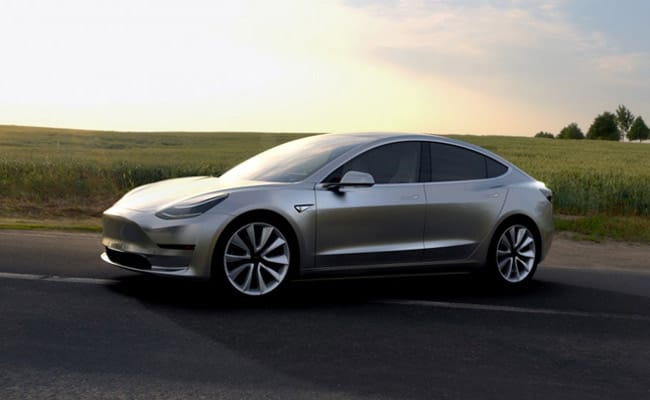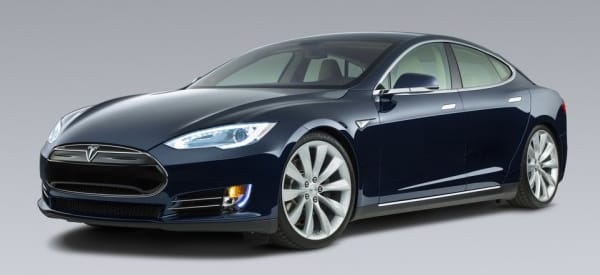
(Image via Car and Driver)
For many electric vehicle (EV) buyers, “zero emissions” is part of the appeal. Zipping around in a Tesla or Nissan Leaf certainly eliminates those noxious exhaust gases, but that electricity comes from somewhere. Unless those owners have invested in a solar array or wind turbine, that “somewhere” is most likely the electrical utility.
A Mix of Fuels
There was a time when most of our power came from coal. Today, though, the mix is more diverse. Natural gas makes up a bigger proportion, as do renewables like hydroelectric, wind and solar, and a good bit still comes from nuclear.
The actual breakdown of fuel sources varies from state to state. Those on the west coast tend to use more solar and other renewables. That makes their electricity “greener” than when it’s produced somewhere like Minnesota that’s very fossil fuel-dependent. So when an electric vehicle gets plugged-in, the “green-ness” of the electricity depends on where and how it was generated.
Better Off Hybrid?
Scientific American used Department of Energy data on total emissions per mile traveled to determine what electricity sources mean for total EV emissions. What they found was quite startling.
In Minnesota, where most electricity comes from burning coal, an EV emits 300 grams of greenhouse gases per mile. The same EV, taken to California and charged there, would emit only 100 grams of greenhouse gases per mile. Across the US the average emission per mile driven is around 200 grams. That’s actually the same number that a gasoline-burning Toyota Prius hybrid achieves.
This lead to an interesting conclusion. Scientific American argued that EV’s should be encouraged in states where a high proportion of electricity comes from renewables. However, in regions where fossil-fuels are still used extensively for electricity generation, hybrid vehicles would actually be the “greener” option.
Taking a Bigger-Picture View
In 2015 the Union of Concerned Scientists took a different approach. They noted that a large EV with a 250 mile range, (looking at you Tesla!) takes more energy to build than does a gasoline vehicle, and that means higher emissions. However, over the entire life of the vehicle the EV would claw back this disadvantage. The conclusion was that overall the EV produces half the emissions of the gasoline vehicle.
So how green are electric cars? The answer seems to be, a bit greener, but it depends where you live.




